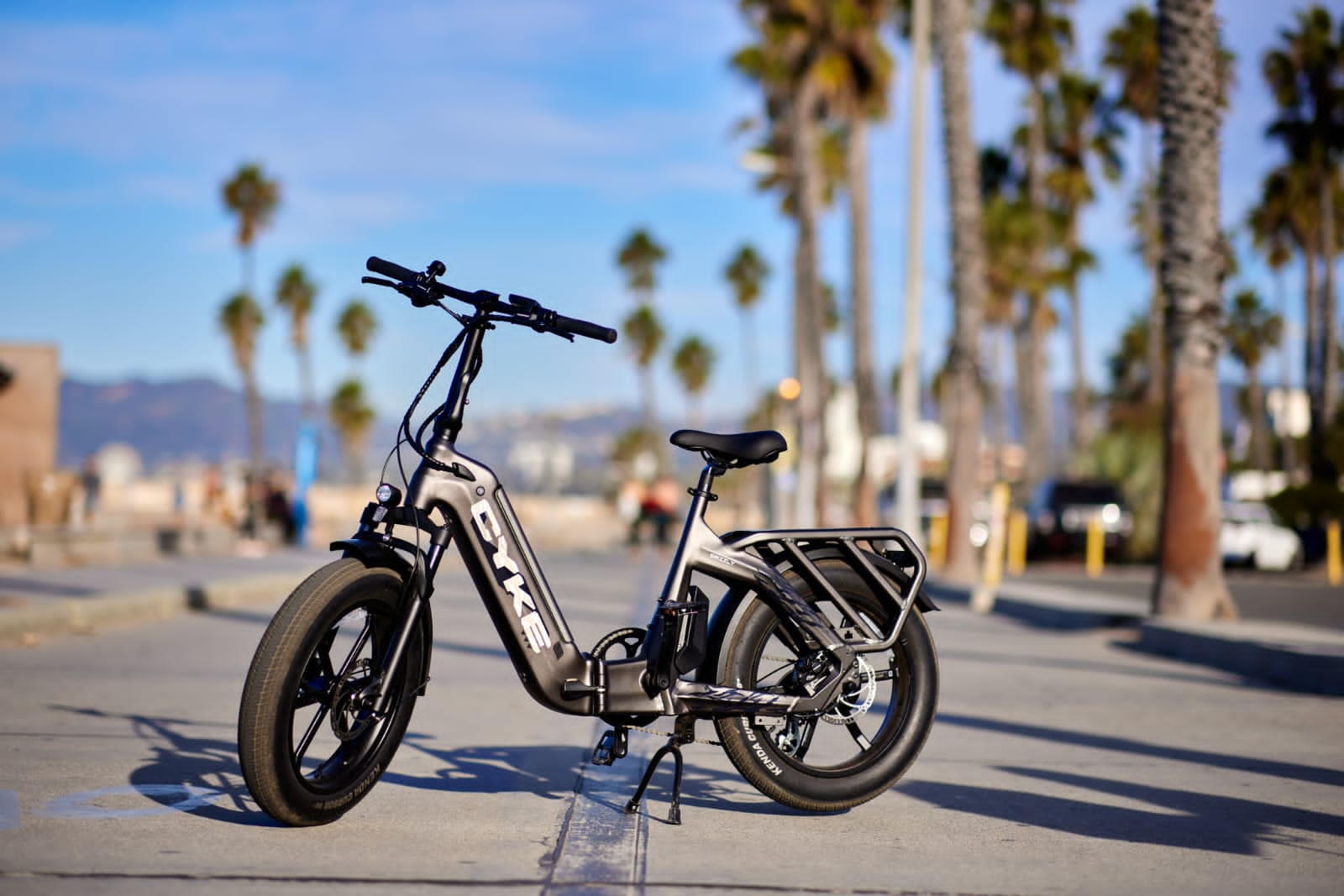In modern society, with the intensification of population aging and people’s pursuit of quality of life, the demand for the elderly and people with physical inconveniences has become increasingly prominent. As a new type of travel tool, walking electric vehicles are gradually becoming an ideal choice to meet the needs of this group. This paper will discuss the benefits of walking step-through ebike for the elderly and people with physical disabilities, and look into its future development prospects.
First of all, walking electric vehicles have the characteristics of easy operation, which is particularly important for the elderly and the physically inconvenient. Compared with traditional bicycles or motorcycles, walking electric vehicles do not need to step, only through the handle control can achieve forward and stop, greatly reducing the difficulty of operation, so that this group can also easily drive. In addition, the design of walking electric vehicles is usually more stable, equipped with comfortable seats and armrests, providing a more comfortable ride experience for the elderly and the physically disabled.
Secondly, the walking electric vehicle can provide additional power support during the driving process, which helps to reduce the physical burden of the elderly and the physically inconvenient. Walking or cycling may become difficult as they get older or their physical health deteriorates, but with the assistance of a walking electric vehicle, they can easily get through short trips without relying too much on help from others. This dynamic support not only improves their travel autonomy, but also increases their range of activities, making it easier for them to participate in social activities and daily life.
In addition, walking electric vehicles also have environmental, economic and health advantages, which are equally attractive to the elderly and the physically disabled. Electric vehicles use batteries as a power source and do not produce harmful gas emissions, which is conducive to improving urban air quality and protecting the environment. Compared with cars, electric vehicles have lower operating costs, not only saving on fuel bills, but also reducing maintenance costs. In addition, by riding electric vehicles, the elderly and people with physical disabilities can increase the opportunity for outdoor activities, exercise, and improve their health.
However, despite the many advantages of walking electric vehicles for the elderly and the physically disabled, there are also some challenges and room for improvement. First of all, the design and manufacture of walking electric vehicles need to take into account the special needs of the elderly and the physically inconvenient, such as the comfort of the seat, the height of the control rod and the simplicity of operation. Secondly, it is necessary to strengthen the safety supervision and norms of walking electric vehicles to ensure that they will not cause harm or danger to users during the driving process. In addition, there is a need to strengthen the training and education of the elderly and people with physical disabilities, so that they can correctly and safely use walking electric vehicles, and understand the relevant traffic regulations and safety knowledge.
In summary, as a new travel tool to meet the needs of the elderly and people with physical disabilities, walking electric vehicles have many advantages and potential. With the progress of technology and the development of society, it is believed that walking electric vehicles will be more widely used and promoted in the future, providing more convenient, comfortable and healthy travel methods for the elderly and people with physical disabilities.
Of course, let’s explore in more depth the benefits of walking electric vehicles for the elderly and the physically disabled, and explore some possible future directions.
Social and mental health
For older people and those with physical disabilities, social connections and mental health are equally important. Walking electric vehicles not only provide a convenient way to get around, but also provide them with the opportunity to participate in social activities. They can easily go to community centers, parks or friends’ homes to interact with others and enhance their social networks, thereby improving their mental health.
Urban planning and accessible mobility
With the popularity of walking electric vehicles, urban planning should also pay more attention to barrier-free mobility. This includes measures such as improving the flatness and width of sidewalks, adding barrier-free access and ramps, and setting up parking points for electric vehicles, so that the elderly and people with physical disabilities can use electric vehicles on foot more safely and conveniently.
Personalized customization and humanized design
One of the development directions of walking electric vehicles in the future is personalized customization and humanized design. Manufacturers can customize seats, armrests, control systems and other components according to the special needs of the elderly and people with physical disabilities to provide a more intimate and comfortable experience. At the same time, intelligent technologies, such as voice assistants and automatic navigation, can also be added to improve user experience and security.
Sustainability and environmental protection
The promotion and application of walking electric vehicles is also in line with the concept of sustainable development, helping to reduce environmental pollution and resource consumption. In the future, battery technology can be further improved to increase the driving range of electric vehicles and reduce charging time to meet the needs of users for long-distance travel, while reducing energy consumption and carbon emissions of electric vehicles.
Policy support and market promotion
Government departments can encourage and support the development and promotion of walking electric vehicles by introducing relevant policies. This includes the formulation of subsidy policies, the construction of charging pile infrastructure, and the formulation of relevant regulations and standards to promote the healthy development of the walking electric vehicle industry, while providing more travel options for the elderly and people with physical disabilities.
In summary, as a travel tool to meet the needs of the elderly and people with physical disabilities, walking electric vehicles have broad prospects and potential for development. In the future, we can expect that the technology of walking electric vehicles will continue to innovate and the market will continue to expand, providing more convenient, comfortable and sustainable travel solutions for the elderly and people with physical disabilities.



